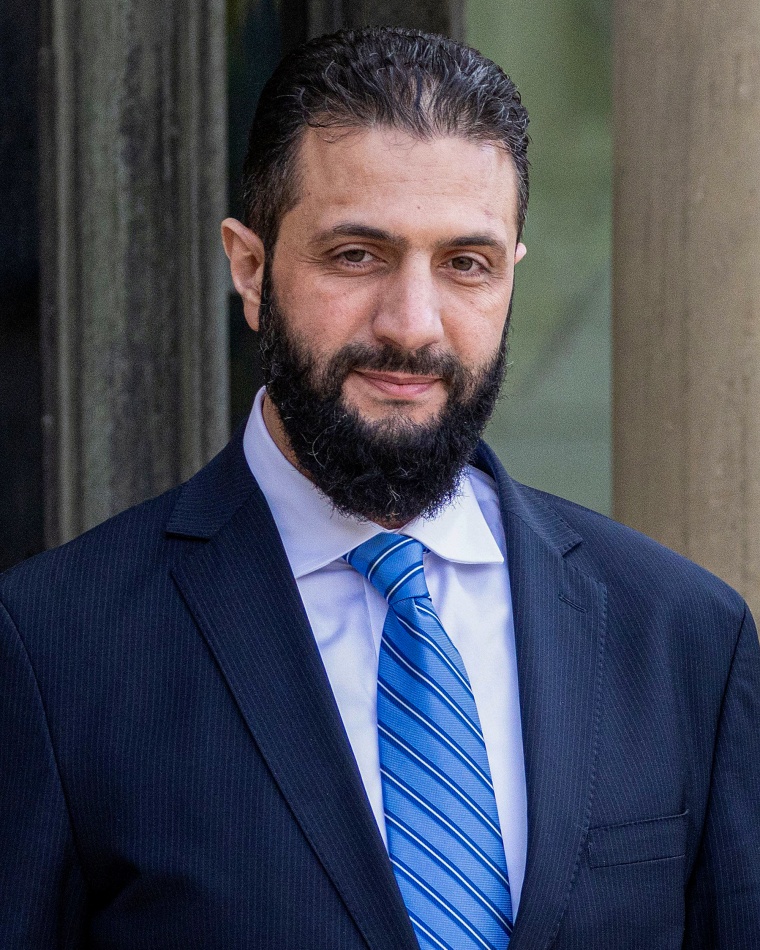Understanding the New Syrian President: Leadership, Impact, and Global Relations

The role of the Syrian president has always been central to the nation’s political stability and international relations. In 2025, the global stage is witnessing unprecedented changes as Syria welcomes Ahmed al-Sharaa as its new leader. This article provides an in-depth look at the new Syrian president, his background, and what his leadership means for both Syria and the wider world.
Who Is the New Syrian President?
Ahmed al-Sharaa, who once operated under the nom de guerre Abu Mohammad al-Julani, has become the focal point of Syria's future. His journey from militant leader to national president marks a radical transformation, both for himself and his country. Al-Sharaa’s involvement with various armed factions, including time spent in Abu Ghraib prison, has shaped a leader familiar with conflict and transition. Today, he stands as a figure promising reform and inclusivity, yet some questions remain about his past and political alliances.
Global Reactions to Ahmed al-Sharaa’s Leadership
Ahmed al-Sharaa's rise has been met with mixed reactions on the international front. His recent meeting with former U.S. president Donald Trump in Riyadh signaled a potential warming of Syria–U.S. relations. However, concerns about his past associations with extremist groups linger. According to an NBC News report, policymakers and security experts are divided on whether the new Syrian president is an ally or a continued risk to Western interests. Gulf states, on the other hand, see potential for stability and have pledged financial aid to support Syria’s civil sector under his leadership.
Challenges and Promises in Domestic Governance
One major focus of the Syrian president's administration is ensuring the protection of minority groups, including women, Christians, and the Alawite community. Progress is visible; for example, Aisha al-Dibs, a Christian, heads the women’s affairs department. Even with these steps, some critics raise concerns about misogynistic figures in key government roles. The NBC News article on al-Sharaa’s government composition highlights such complexities. The president’s cabinet choices are under close watch to see if rhetoric on inclusion and reform is matched by meaningful policy change.
Syria’s Economy and International Sanctions
Syria’s economy remains fragile after years of conflict, with sanctions and currency collapse affecting millions. While some sanctions have been lifted, experts caution this may have been premature. For a deeper analysis of the economic repercussions and Western strategies, see the comprehensive coverage by The New York Times. The willingness of Saudi Arabia and Qatar to alleviate Syria's debts signals cautious optimism, but rebuilding will take time.
The Future of the Syrian President’s Foreign Policy
Under al-Sharaa, the path forward for Syria’s foreign relations remains uncertain. The U.S. and European leaders want the Syrian president to take decisive steps: recognize Israel, help contain ISIS, and expel foreign fighters still present within Syria. As Syria navigates these demands, international engagement will play a critical role in either cementing or undermining al-Sharaa’s legitimacy on the global stage.
Conclusion
The emergence of Ahmed al-Sharaa as Syrian president marks a turning point for Syria. His leadership style blends past militant experience with a new diplomatic direction. Whether this approach leads to lasting stability, greater inclusivity, or renewed instability remains to be seen. As Syria’s political story unfolds, keeping a close watch on both domestic reforms and international relations will be essential for anyone interested in the future of the Middle East.